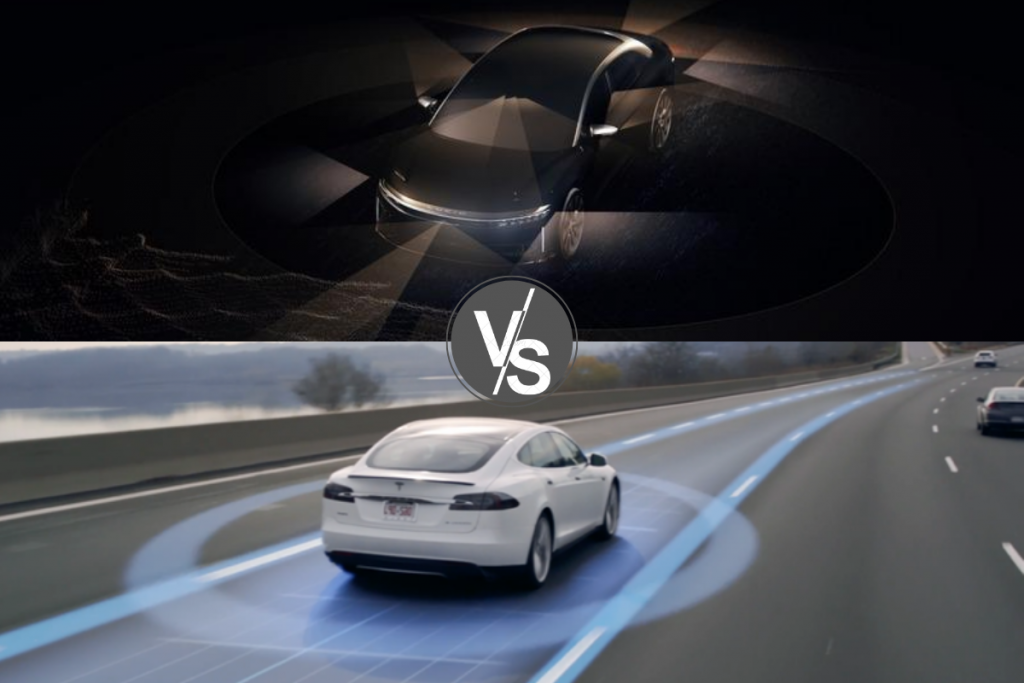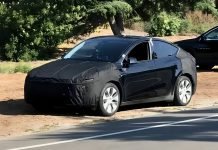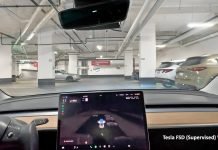As time passes Tesla is facing more and more competition, in the past five years, a plethora of new EV companies have been established. Established manufacturers like Mercedes Benz, Audi, GM, etc have also launched their own electric vehicles. Tesla revolutionized the electric car as we know it today and there was a time when only they were in the business of EV manufacturing and sales. Fast forward to 2020, almost everyone seems to be wanting a piece of the “electric pie”. One reason for the sudden surge in the electrification of vehicles are the growing environmental concerns that forced the lawmakers to make emission norms extremely strict, not just for individual vehicles but across the entire fleet of vehicles sold by a manufacturer.
The latest EV startup to join the race is Lucid Motors (formerly Atieva), it is a California based EV startup and the company’s CTO is Peter Rawlinson, who is the former chief engineer of Tesla’s Model S sedan. Lucid’s first product will be the Lucid Air EV; it is a luxury sedan that supposedly competes with the Tesla Model S.
Lucid DreamDrive vs Tesla Autopilot

Lucid DreamDrive
The talking point of this sedan is its advanced driver-assistance system (ADAS), it is called the “DreamDrive” and based on its spec sheet it sounds very promising. The system is equipped with standard LiDAR (Light Detection and Ranging) and in-car monitoring for future Level 3 self-driving. This system is likely to be similar to the Cadillac’s Super Cruise driver-assist on the launch, but will later get the full Level 3 technology through over the air updates.
The system uses 32 sensors for its autonomous drivability, this will mean the car can control most aspects of driving and monitoring, but as full-autonomy is not allowed by the government as of now, the driver needs to keep their hands on the wheel so that they can take over if the need arises. The Lucid Air has a high-resolution LiDAR sensor placed at the front of the car in addition to the cameras, radar and ultrasonic sensors that comes standard on car.
Lucid’s senior director of driver-assist systems and autonomous driving Eugene Lee said “By prioritizing safety and updatability, DreamDrive also sets the stage for offering increasingly sophisticated driver-assistance features. We have ensured that the Lucid DreamDrive hardware and software platform not only offers a full suite of Level 2 features but is also Level 3 ready”. The update from Level 2 to Level 3, is likely to take three years. The car also uses SuperCruise system, for this Lucid’s system will use the sensor suite, and in-car monitor and high definition maps for driving, the maps are also there to geofence the Level 3 feature so that the driver will not be able to enable it in an area which is not suitable for autonomous driving, such as unmarked roads, offroad trails, etc.
Tesla Autopilot
Tesla Autopilot system comprises of multiple sensors that are placed all around the car, these sensors help the vehicle to read its environment and adapt accordingly, the hardware includes a forward radar, a forward-looking camera, a high-precision digitally-controlled electric braking assist system, and 12 long-range ultrasonic sensors. These ultrasonic sensors are positioned in a very strategic way so that they can sense the objects that are within a distance of 16 feet in every direction, at any speed.
Will it have Level 4 Autonomy?
Level 4 autonomy will not be available in the Lucid Air, it is not even going to be offered as a later update. Level 3 is where the makers of the Lucid Air, decided to draw the line. Level 4 allows for the operation of the vehicle with no human input. Lee told Car and Driver magazine that “Our strategy is to deploy productionizable and customer benefit technology in the near term. Level 4 requires more sensors, more computing, more redundancy, and that really adds up to more cost in the vehicle”.
Comparisons with the Tesla Model S
Many people are seeing the Lucid Air as a direct competitor to the Tesla Model S, however, Lucid insists that their car isn’t competing with Tesla. Both sedans are part of a race to become the first electric cars that have a range of 400 miles on a single charge. The autonomous system used in Tesla Model S and Lucid Air does have their share of similarities as well as differentiating features. The DreamDrive boasts features such as surround-view monitoring, blind-spot display, cross-traffic protection, traffic sign recognition, automatic emergency braking, and alerts for distracted/drowsy drivers as far as safety is concerned.
It also has autonomous parking assist, pullout control, and maneuver comfort braking. Lucid claims it’s the first driver-assist system built on a high-speed Ethernet Ring, this gives the steering, braking, and sensor systems “redundant independent power sources and communication paths, fail-operational actuators and fault-tolerant computation” according to Lucid.
Most of these features were already available in the Model S for some time now, Tesla pioneered the over-the-air updates for cars. The company has been continuously updating the car since its launch, this has made the modern Model S pretty much the best electric luxury sedan available in the market. When the Lucid Air is launched next year, it will face stiff competition from the Model S as well as the Porsche Taycan, Lucid probably should make their car stand out, if they are hoping to gain any significant market share in this niche market.


















